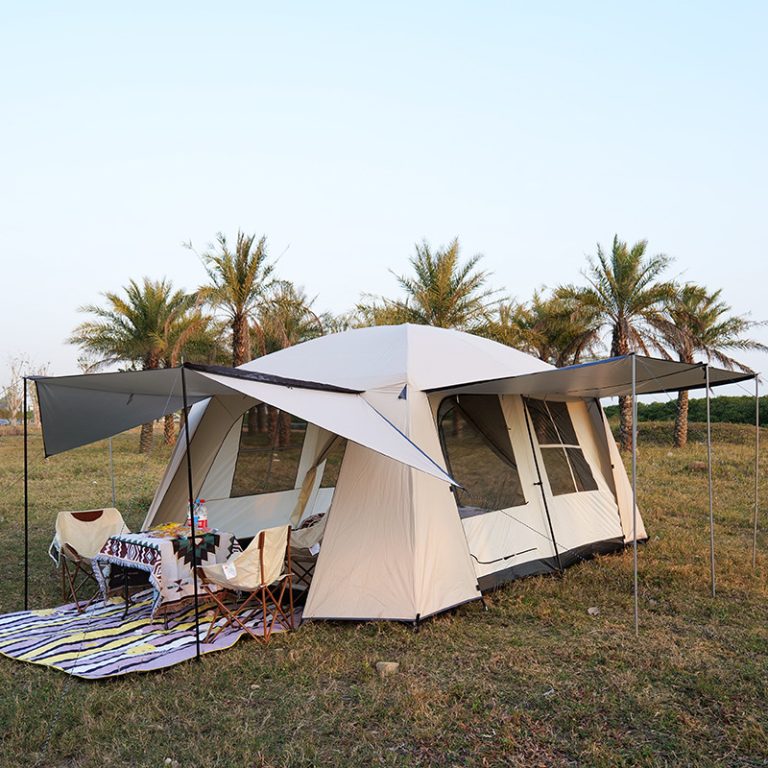Effective Techniques for Packing a Wet Tent When Backpacking

Effective Techniques for Packing a Wet Tent When Backpacking When backpacking, encountering wet weather is almost inevitable. And when it comes to packing up your tent after a rainy night, it can be quite a challenge. However, with the right techniques, you can efficiently pack a wet tent without it becoming a soggy mess in your backpack. In this article, we will explore some effective techniques for packing a wet tent when backpacking. First and foremost, it is crucial to ensure that your tent is properly dried before packing it away. This may seem counterintuitive when dealing with a wet tent, but packing it while still damp can lead to mold and mildew growth, which can ruin your tent and create an unpleasant odor. So, before you start packing, take the time to dry your tent as much as possible. One effective technique for drying your tent is to shake off any excess water. Gently shake the tent to remove as much moisture as you can. You can also use a towel or cloth to pat down the wet areas, absorbing the water. Remember to be gentle to avoid damaging the tent fabric. Once you have removed as much water as possible, it’s time to set up your tent in a well-ventilated area to air dry. Find a spot with good airflow, preferably in direct sunlight if available. Open up all the doors and windows of your tent to allow the air to circulate inside. This will help speed up the drying process and prevent any lingering moisture from causing damage.
| pyramid tent | canopy tent | Ridge tent | hiking tent |
| dome tent | teepee tent | yurt tent | inflatable tent |
| tunnel tent | ball tent | Park tent | tailgate tent |
 Once your tent is dry to the touch, it’s time to carefully fold and pack it. Start by removing any stakes or poles and storing them separately. This will prevent them from puncturing or tearing the tent fabric during the packing process. Next, fold the tent in a neat and compact manner, avoiding any sharp creases that could weaken the fabric over time.
To further protect your tent from moisture, consider using a waterproof stuff sack or a large plastic bag to store it. This will provide an additional barrier against any rain or condensation that may occur during your backpacking trip. Make sure the bag is sealed tightly to keep out any moisture.
Once your tent is dry to the touch, it’s time to carefully fold and pack it. Start by removing any stakes or poles and storing them separately. This will prevent them from puncturing or tearing the tent fabric during the packing process. Next, fold the tent in a neat and compact manner, avoiding any sharp creases that could weaken the fabric over time.
To further protect your tent from moisture, consider using a waterproof stuff sack or a large plastic bag to store it. This will provide an additional barrier against any rain or condensation that may occur during your backpacking trip. Make sure the bag is sealed tightly to keep out any moisture.




